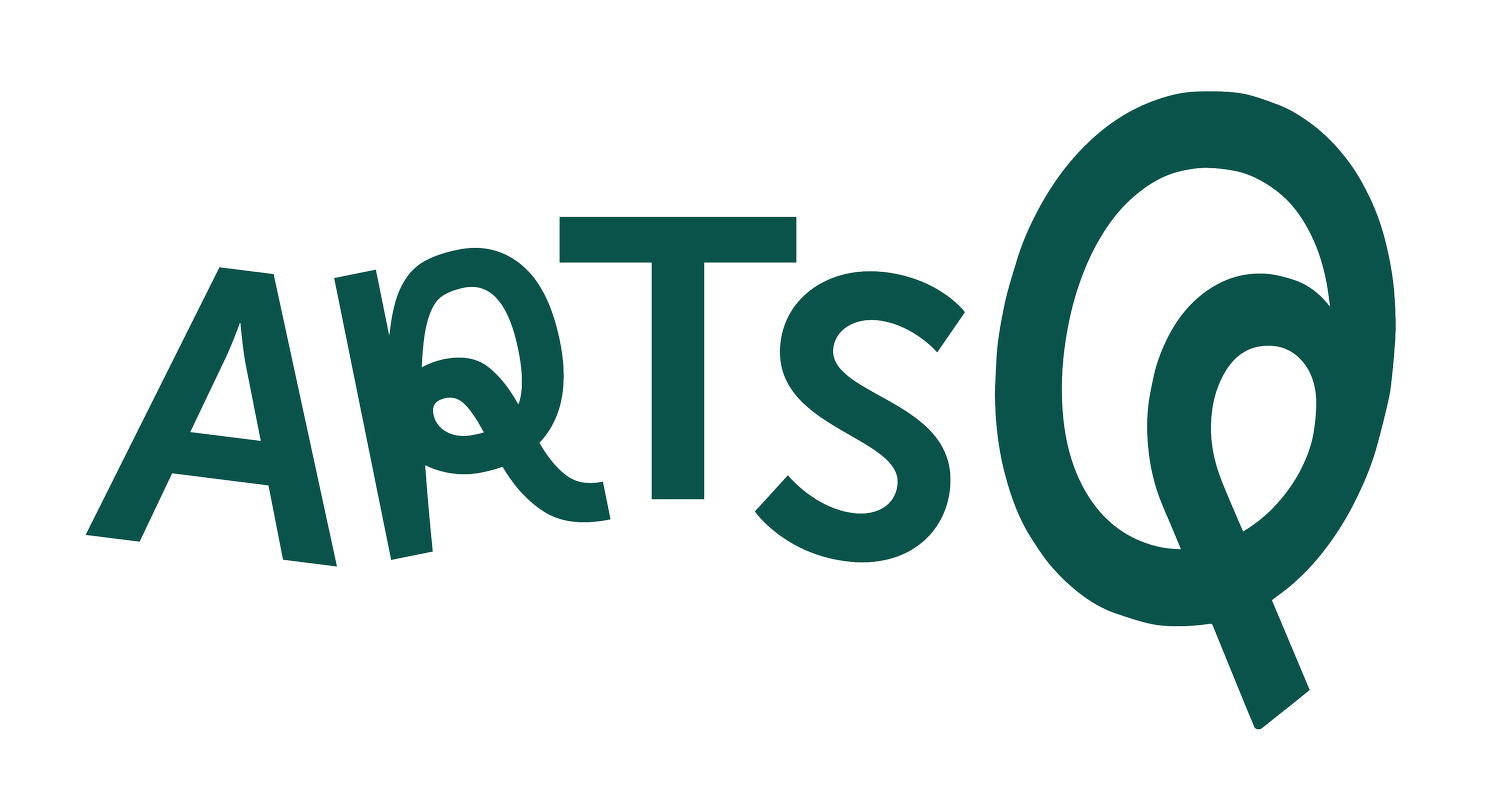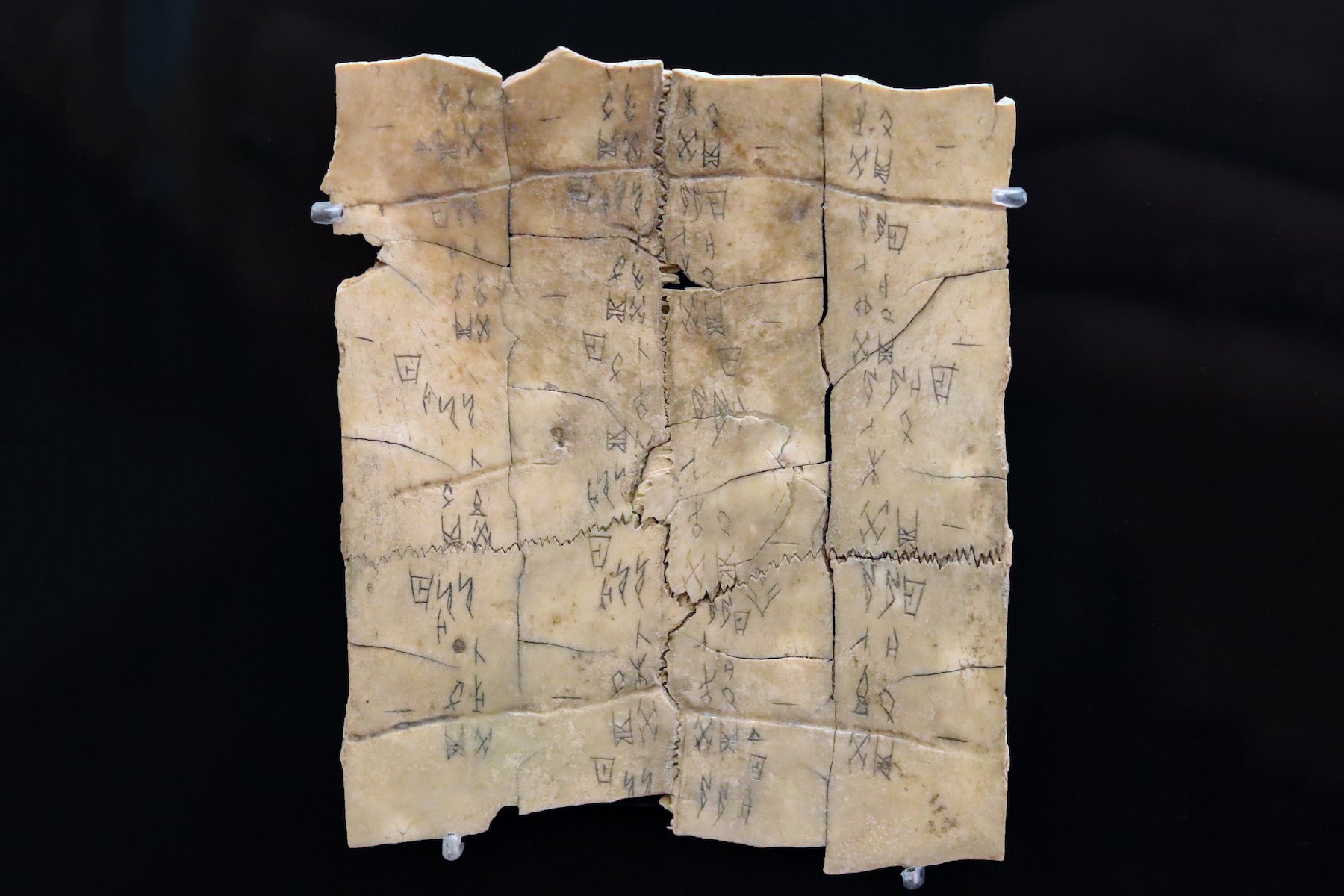
Early Imperial China
Qin dynasty through the Tang dynasty
221 BCE to 906 CE
The unification of China, the establishment of imperial rule, the spread of Buddhism, and cultural cosmopolitanism mark the different dynasties in early imperial China
The Qin Dynasty and the First Emperor of China
221–206 BCE
The period when China is unified under the First Emperor of China, Qin Shi Huangdi, and a Legalist government takes hold
The Han Dynasty
206 BCE–220 CE
A period characterized by the revival of Confucianism and Daoism
Period of Division
220-589 CE
A period of political division characterized by the arrival of the Xianbei, and the rise of the Buddhist religion and Daoist cults that offered hope in difficult times
Sui Dynasty
581-618 CE
A short-lived period of unification before the golden age of the Tang dynasty
Tang Dynasty
618–906 CE
A period marked by cosmopolitanism and a blossoming of arts and culture
Important terms and concepts
Silk Roads
Trade route
Sancai
Ink painting
Cultural diffusion
Buddhism
Related Resources
Discover some rulers!
Explore Continents








